Picture this: Your garden is a bustling city, and every plant is a resident. Just like city dwellers, plants sometimes need to move—whether for better sunlight, roomier digs, or just a change of scenery. That’s where transplanting comes in. This crucial gardening technique can mean the difference between a plant that merely survives and one that truly thrives. Ready to roll up your sleeves and dig in? Let’s get started!
Key Takeaways
- Transplanting plants requires the right growth stage, right weather conditions and the right post-move care
- Choose the right time of year to ensure an ideal climate for your plant
- Prepare the new location with soil amendments, proper planting hole size & water for successful transplantation
The Essentials of Transplanting
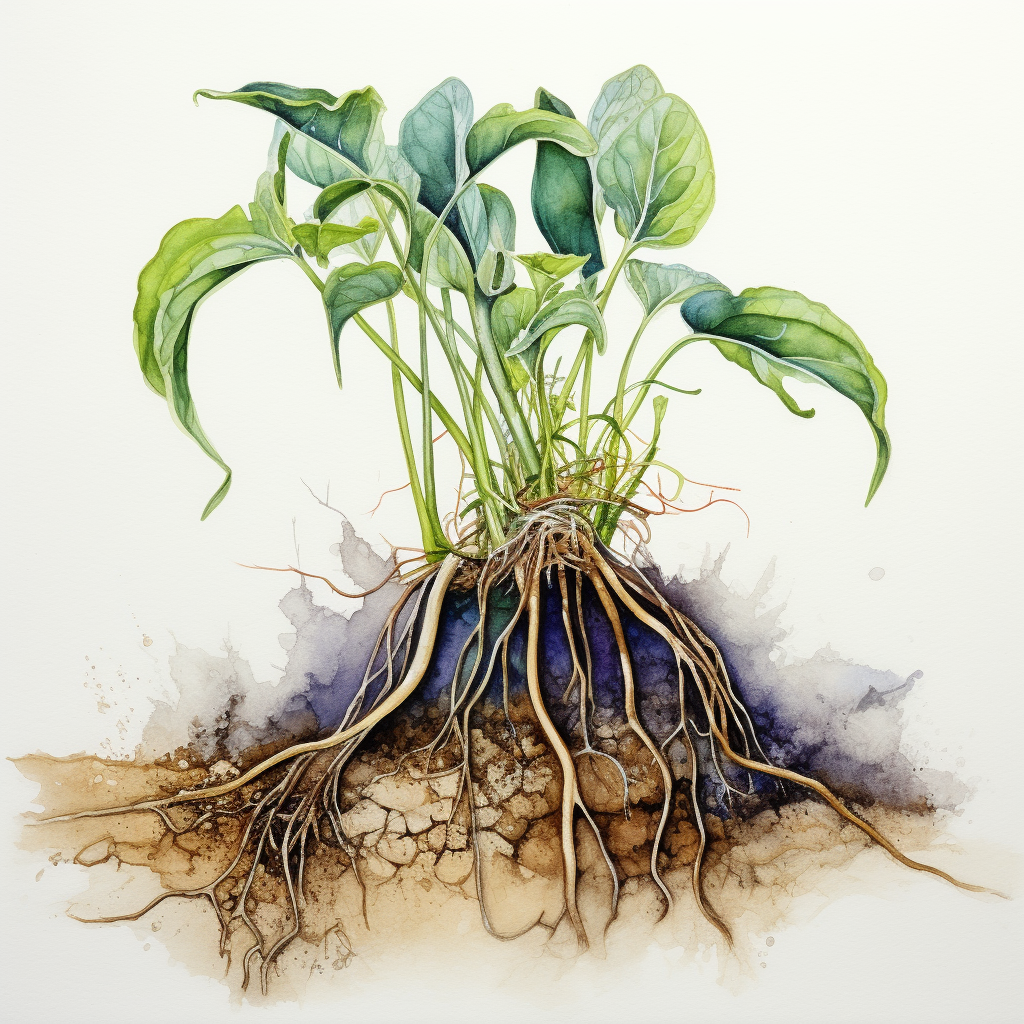
Think of transplanting as a relocation process for your plants. It’s like moving from a cramped apartment to a spacious townhouse. The process involves providing your plants with the necessary space and conditions to thrive. However, it involves more than simply uprooting a plant and placing it elsewhere.
This delicate process requires consideration of the plant’s growth stage, weather conditions, and post-move care to prevent transplant shock. And yes, plants get stressed too! Especially when they’re moved, which is why minimizing root disturbance and maintaining proper soil moisture is so vital.
So, why transplant plants? It’s all about giving them the best chance to grow and flourish in their new environment.
Choosing the Right Time
In transplanting, timing plays a pivotal role. Much like you wouldn’t move house in the middle of a thunderstorm, it’s best to move plants before or after they bloom. If a plant blooms in spring, for instance, transplant it in early spring or well after blooming time.
For those warm-season veggies that love basking in 80-95 degrees Fahrenheit, make sure to transplant them when they can enjoy their sunbathing sessions. But if Jack Frost is about to visit, hold your gardening horses. The last thing you want is to stress your plants with extreme temperatures.
Preparing the New Location
Consider how you would prepare a nursery for a newborn. Preparing a new spot for your plants needs just as much care and attention. Your plants deserve a comfy and accommodating home, and it’s up to you to provide it. Amend your soil with goodies like compost, coconut coir, or vermiculite.
Dig a planting hole that’s just right—not too deep, not too shallow—and make it at least 1.5 times wider than the root ball. Once your transplant is snugly in place, water it well. You’re not just watering a plant; you’re watering your future fruit, flowers, or foliage.
Safeguarding the Root Ball
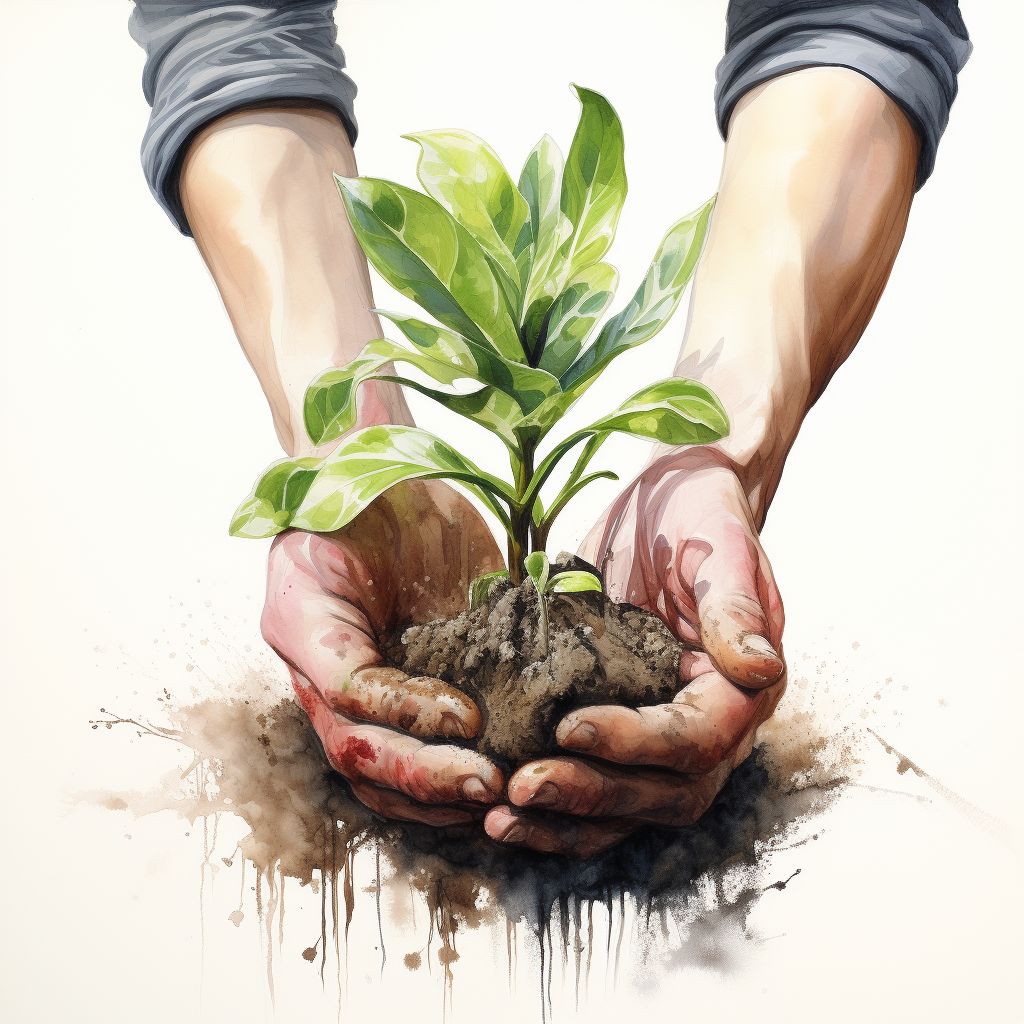
The root ball is the heart of your plant, and the root zone plays a crucial role in its health. It’s where all the nutrients and water are absorbed to keep your plant alive.
Protecting the root ball during transplantation is essential.
It’s like the protective cushioning when you pack valuable glassware. You wouldn’t just throw your fragile items into a box, would you?
Likewise, ensure that the soil is in good contact with the roots to stimulate their growth. And remember, early spring is a great time for transplanting when the soil surface is usually moist, and the weather is mild.
Step-by-Step Guide to Transplanting
Having covered the basics, it’s time to start the practical work. While transplanting plants can initially seem intimidating, it’s far from being overly complex. Just a few simple steps can ensure your plants have a smooth transition. From gently lifting the plant out of its original spot, to positioning it in its new home, to providing it with the appropriate aftercare, every step is crucial.
And remember, the goal is to minimize the stress on your plants. After all, they’re leaving their old home for a new one, and that’s a big deal!
Lifting the Plant Gently
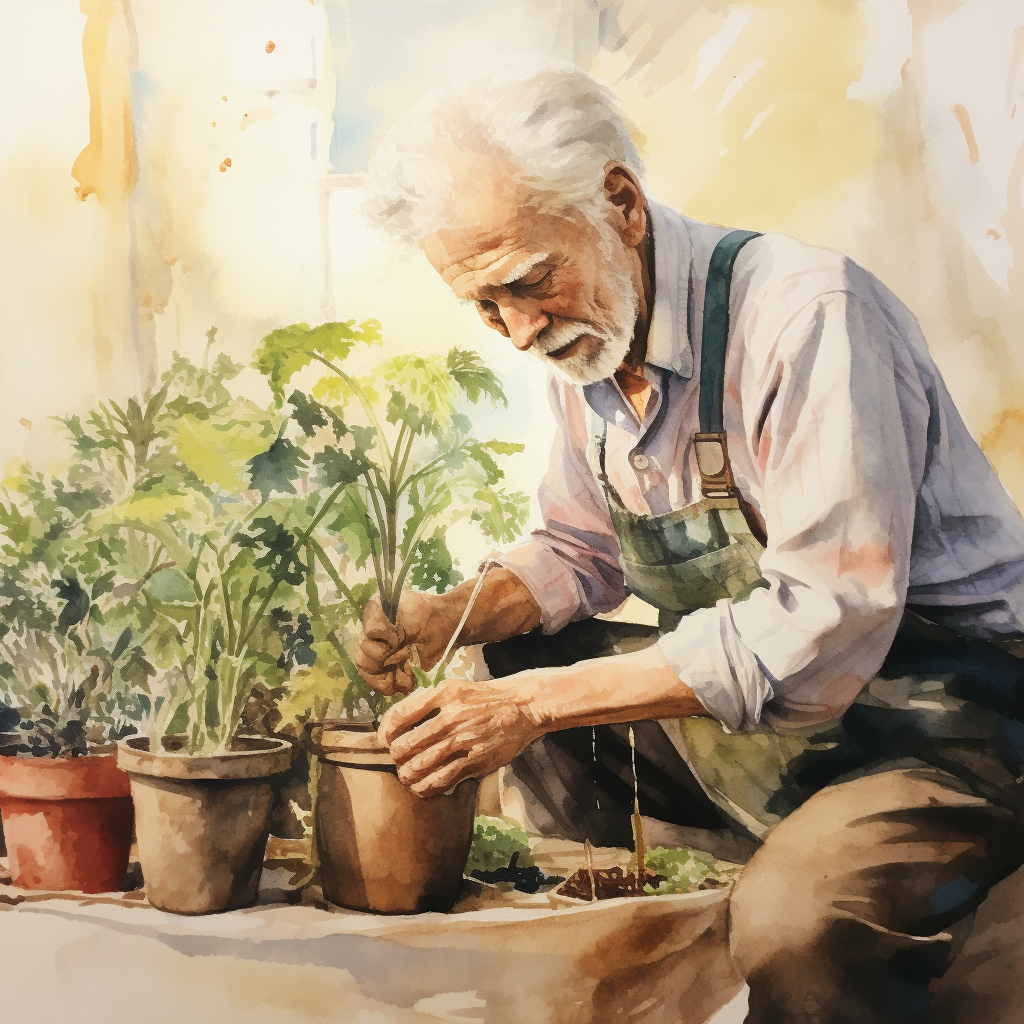
Uprooting a plant can feel like performing a delicate operation. You need to be gentle yet firm, swift yet careful. Here’s how to do it:
- Start by digging around the base of the plant
- Loosen the soil around the plant
- Gently lift the plant out of the ground
- As you lift, inspect the roots. Are they tangled? If so, tease them apart.
Ready to move the plant? Do it gently, as if carrying a sleeping baby. Once the plant is in its new home, give it a good drink. Remember, you’re not just moving a plant; you’re helping it start a new chapter in life.
Positioning in the New Site
Positioning in the new site is like finding the perfect parking spot. It requires precision, patience, and a keen eye. Ensure the plant gets the right amount of sunlight, the soil drains well, and it has enough space to grow. Be considerate of the plant’s needs and preferences.
And when it comes to depth, aim to plant deeper, around 1 inch or 1.5 inches deeper than they were previously planted. This gives them stability and encourages root growth.
Aftercare for Successful Transplants
Transplantation is only half the battle won. The real challenge lies in aftercare. Treat your newly transplanted plants like guests. Make them comfortable, cater to their needs, and check on them frequently. Water them well before and after transplanting, add some organic matter to the soil, and avoid transplanting during flowering.
Deep watering once a week and using mulch to keep the soil moist also work wonders. Remember, a happy plant is a flourishing plant.
Special Considerations for Different Plant Types
Like people, plants come in all shapes, sizes, and types. And as with people, different plants have different needs. Just as you wouldn’t serve a steak to a vegetarian, you wouldn’t transplant a cool season crop in the middle of a heatwave.
We will explore the distinctive needs of warm and cool season crops, perennials, and seedlings, and the ways to satisfy them.
Warm Season Crops & Cool Season Crops
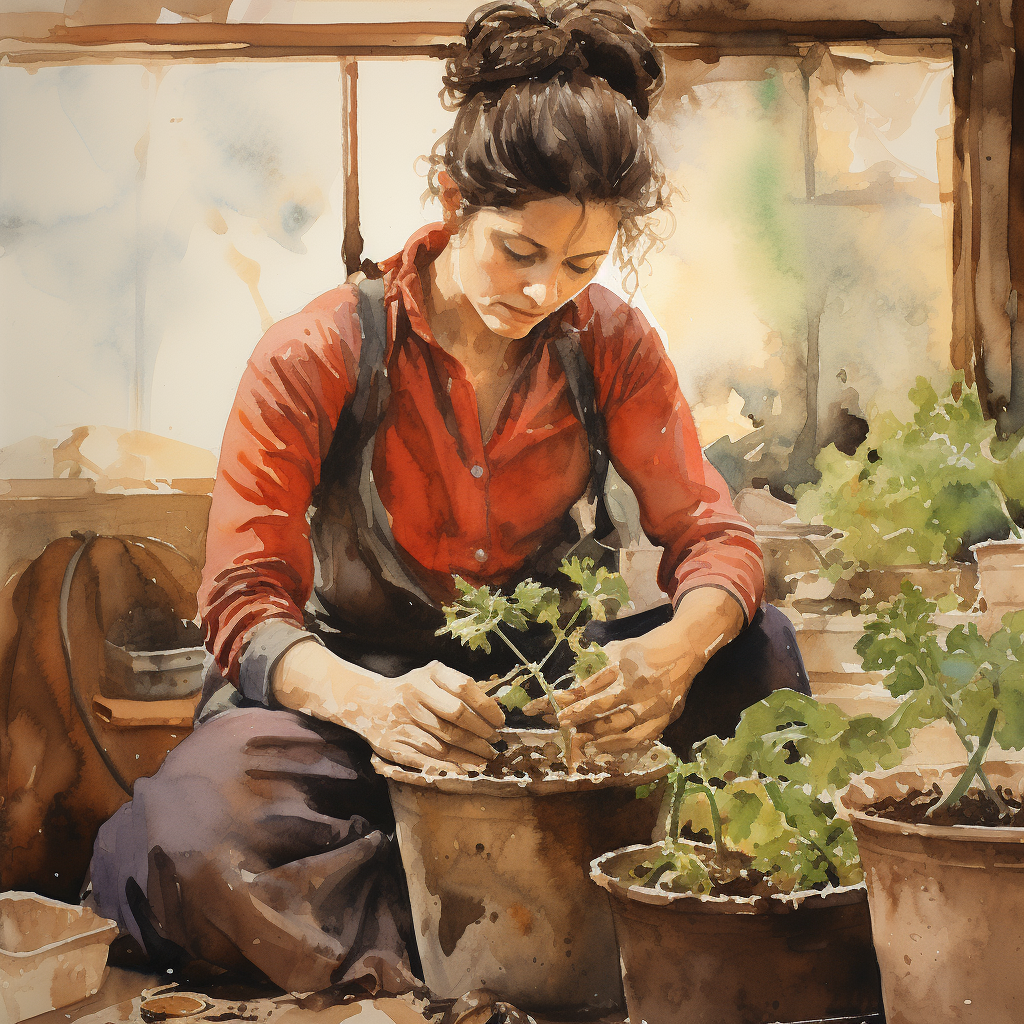
The world of plants is diverse, and so are their needs. Warm season crops are sun worshippers. They need temperatures above 70 degrees Fahrenheit to prosper. On the other hand, cool season crops are winter warriors. They thrive in cooler conditions, between 40 and 70 degrees Fahrenheit, and can handle a little frost. So, if you’re transplanting crops like tomatoes or broccoli, remember to consider the plant’s preferred climate.
Perennial Favorites
Perennials are the marathon runners of the plant world. They grow and bloom over the spring and summer, die back every autumn and winter, and then return in the spring from their rootstock. These hardy plants have their unique needs when it comes to transplant perennials.
So, whether you’re dealing with coneflowers or hostas, ensure you’re transplanting them at the right time and caring for them properly post-transplantation.
Transplanting Seedlings
Seedlings are the delicate infants of the plant world. Just as you would handle a newborn with the utmost care, seedlings also need gentle handling. From deciding when to transplant them to adjusting them to outdoor conditions to watering techniques, careful attention is key to their successful growth.
Before transplanting seedlings to their garden location, be sure to harden them off.
Troubleshooting Common Transplant Issues
Transplanting issues are a common experience for gardeners, regardless of their expertise level. But fear not! Most of these problems are solvable. From managing transplant shock to ensuring strong root growth, we’ve got you covered. After all, every problem is an opportunity for learning, right?
Managing Transplant Shock
Transplant shock is a plant’s reaction to being uprooted and moved, and it can manifest as wilting, yellowing, or falling leaves. But, with the right care and attention, your plants can recover from this shock.
Just as you’d give a homesick person time and care to adjust to a new environment, do the same for your plants.
Ensuring Strong Root Growth
Roots are to plants are what foundations are to buildings. They’re essential for stability and growth. So, after transplanting, it’s crucial to promote healthy root development, including the growth of feeder roots. Establishing new roots requires proper soil preparation to watering techniques.
Advanced Techniques for Mature Plants
You’ve mastered the basics of transplanting. Now, it’s time to level up.
We will navigate through the realm of mature trees and shrubs, and learn the art of rejuvenating old gardens. It’s like advanced level gardening, where the stakes are high, but so are the rewards.
Ready for the challenge?
Moving Mature Trees and Shrubs
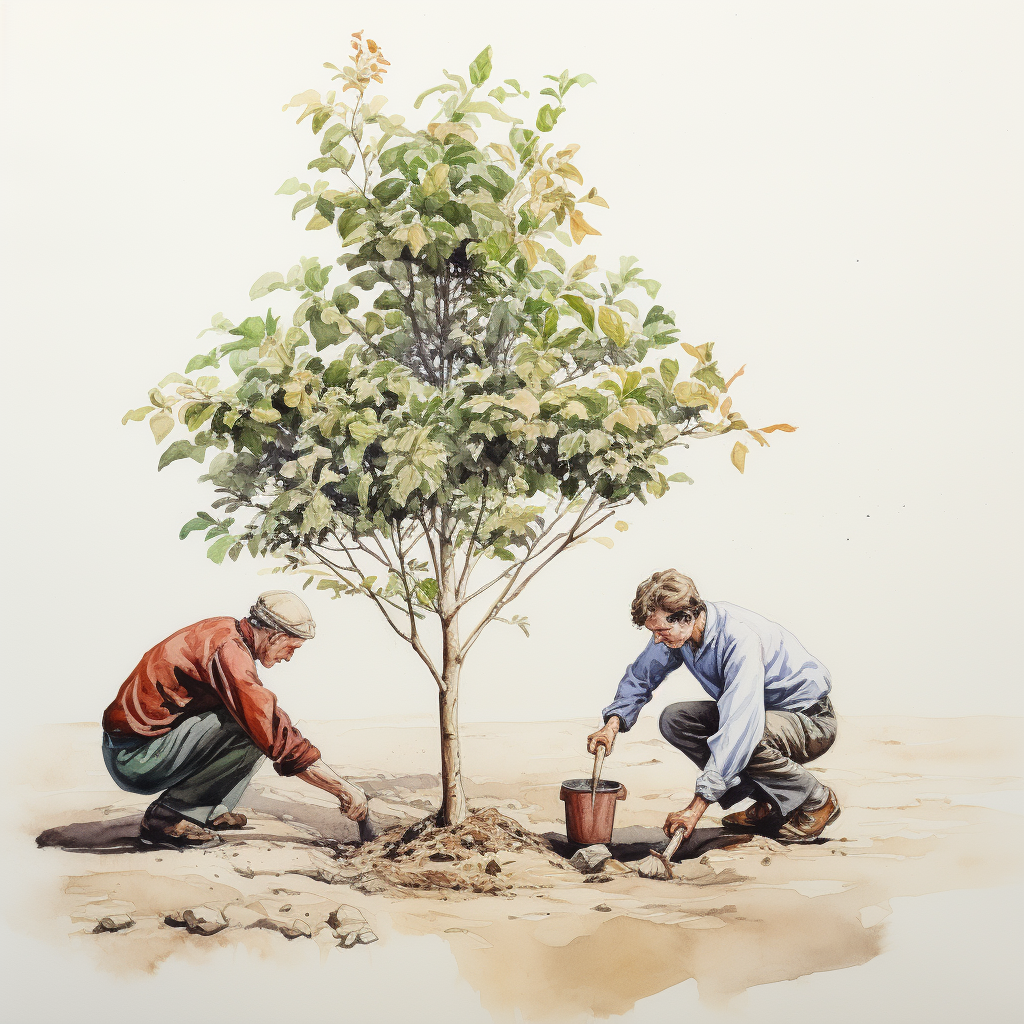
Transplanting mature trees and shrubs is like moving a grand piano. It requires careful planning, gentle handling, and precise positioning. Whether you’re moving a towering oak or a lush hydrangea, every move can significantly impact the plant’s health and survival. But with the right techniques, you can ensure your mature plants thrive in their new homes.
When moving large or old plants, you may want to consult a professional who has the right tools and crew to handle such a large move.
Reviving Old Gardens
Old gardens are like hidden treasures, waiting to be discovered and restored. And transplanting can be your secret weapon in this restoration. Whether you’re dealing with a garden overrun by weeds or a neglected patch of land, strategic transplanting can bring it back to life.
It’s like being a garden detective, uncovering clues, solving problems, and restoring the garden to its former glory.
You can gently remove plants you would like to to see some new growth on, pick the optimal time to transplant and find a new spot for them that will give them less stress than the spot they’re currently in. This will also give you the opportunity to refresh the soil in the area it used to be in with fertilizer or some new soil, so you can eventually plant vegetables or other new seedlings in it.
The Art of Direct Sowing vs. Transplanting
Gardening is both a science and an art. And in this art, there are different strokes for different folks. Some gardeners swear by direct sowing their seeds in spring time, while others prefer transplanting. Each method has its merits and is suited to different scenarios.
Regardless of your preference for instant results or long-term rewards, gaining insights into these two methods can greatly improve your gardening abilities.
When to Direct Sow
Direct sowing is like the express train of gardening. It’s all about planting seeds straight into the garden soil. But just like express trains aren’t suitable for all journeys, direct sowing isn’t ideal for all plants. It’s all about understanding the plant’s needs, reading the seed packet instructions, and observing the local weather conditions.
Crops like carrots, potatoes, onions, radish, peas, turnips, flowers, and chives all like to be sown directly. Most other vegetables like to be started inside and transplanted later.
Advantages of Starting with Transplants
Starting with transplants (think of these as the plants that are small but not seeds and come in containers from your garden center) offers several advantages:
- It gives you a significant advantage, whether it’s an early harvest or uniform yield
- It allows you to have control over the growing environment, making plants tougher against pests and diseases
- It saves time and effort
After all, who wouldn’t like a head start? However, they do tend to cost more than starting from seeds, since when you purchase transplants, you’re really paying for time.
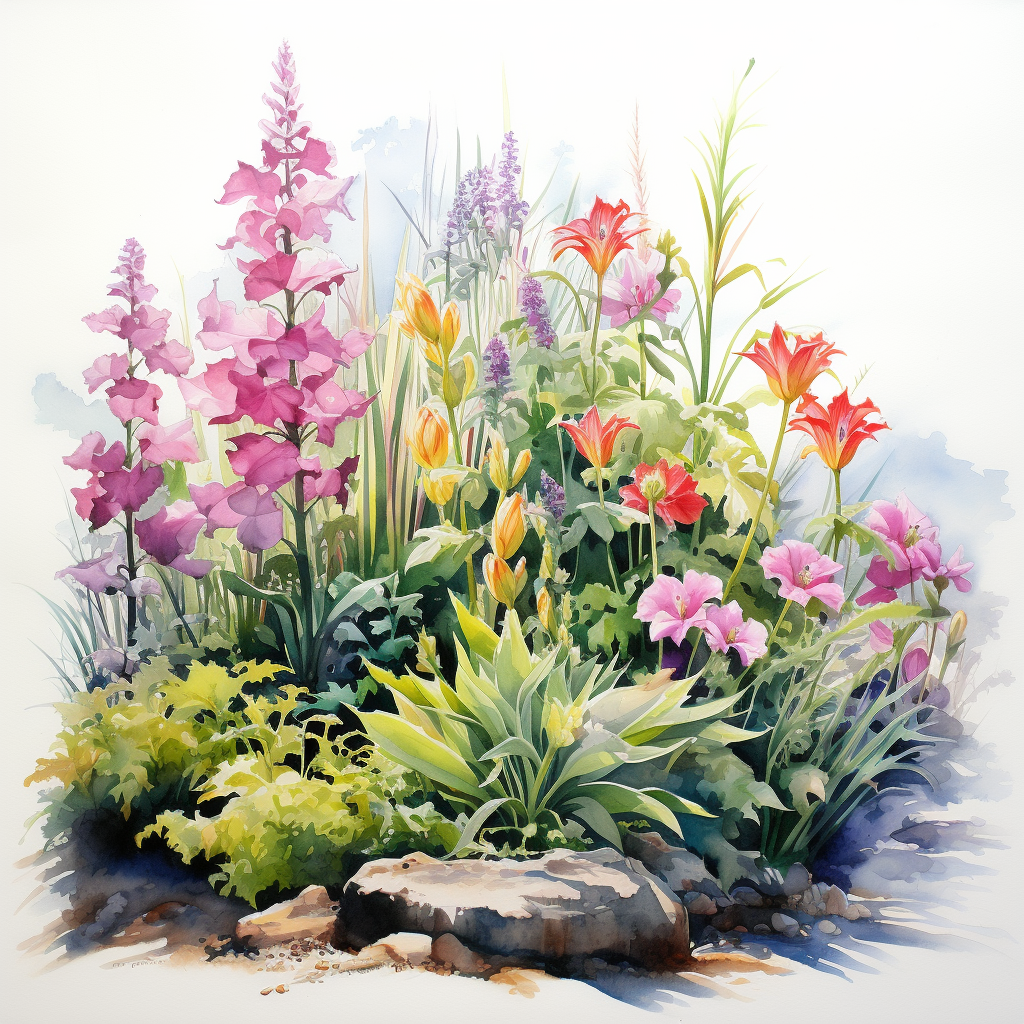
Transplanting is more than just moving plants around. It’s about understanding their needs, providing them with the best conditions, and nurturing them to ensure successful growth. Whether you’re dealing with delicate seedlings or mature trees, every plant deserves your attention and care.
Remember, a garden is a reflection of the gardener. And a thriving garden is a testament to a caring and dedicated gardener. So, go ahead and create your garden masterpiece. Happy gardening!
Frequently Asked Questions
What is transplanting?
Transplanting is the process of moving a plant or tree from one location to another without the soil attached to its roots.
Is transplanting hard on plants?
Transplanting can be stressful for plants and hard on them. They may suffer wilting, damaged roots, stunted growth or even death due to improper timing or unsuitable weather conditions. It takes a lot of effort for a newly moved plant to regain its balance and start thriving in the new environment.
What time is best for transplanting?
The best time for transplanting is early spring or fall, when the weather is cooler and plants are not using as much water. Be sure to wait a few weeks after perennials bloom before moving them. For seedling transplant times, be sure to check your Rooted Reminders calendar.
How do you transplant plants without killing them?
To successfully transplant a plant without killing it, pick the right pot and soil, prepare the new pot, free the roots, place in the new pot, and water well.
How can I protect the root ball during transplantation?
To protect the root ball during transplantation, make sure the soil is in contact with the roots and transplant when the weather is mild and the soil is moist – typically early spring.
